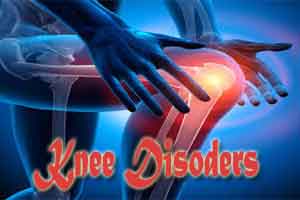- Home
- Editorial
- News
- Practice Guidelines
- Anesthesiology Guidelines
- Cancer Guidelines
- Cardiac Sciences Guidelines
- Critical Care Guidelines
- Dentistry Guidelines
- Dermatology Guidelines
- Diabetes and Endo Guidelines
- Diagnostics Guidelines
- ENT Guidelines
- Featured Practice Guidelines
- Gastroenterology Guidelines
- Geriatrics Guidelines
- Medicine Guidelines
- Nephrology Guidelines
- Neurosciences Guidelines
- Obs and Gynae Guidelines
- Ophthalmology Guidelines
- Orthopaedics Guidelines
- Paediatrics Guidelines
- Psychiatry Guidelines
- Pulmonology Guidelines
- Radiology Guidelines
- Surgery Guidelines
- Urology Guidelines
3D-printed model to evaluate knee disorders

New York : Scientists have created a new, low cost approach to build a knee model for studying knee pain and impaired mobility.
The reconstructed knee model closely simulates the movement of the patella (kneecap) observed in cadaver knee models.
Because the kneecap acts like a shield for knee joint, it can easily be broken. Falling directly onto the knee is a common cause of patellar fractures.
Researchers Gian Luca Gervasi, Roberto Tiribuzi and a team from the University of Ioannina, Greece and Giuliano Cerulli from Università Cattolica del Sacro Cuore in Italy used a motion tracking system to measure the position of the patella as different loads and forces were applied to the knee model at various degrees of flexion.
They used magnetic resonance imaging (MRI) scans of a real knee to develop the computer-aided design software files used by a 3D printer to create the three main components of the knee and a navigation system for combining them with artificial ligaments and a tendon.
The team presented the results of static experiments in the study published in the journal 3D Printing and Additive Manufacturing.

Disclaimer: This site is primarily intended for healthcare professionals. Any content/information on this website does not replace the advice of medical and/or health professionals and should not be construed as medical/diagnostic advice/endorsement or prescription. Use of this site is subject to our terms of use, privacy policy, advertisement policy. © 2020 Minerva Medical Treatment Pvt Ltd